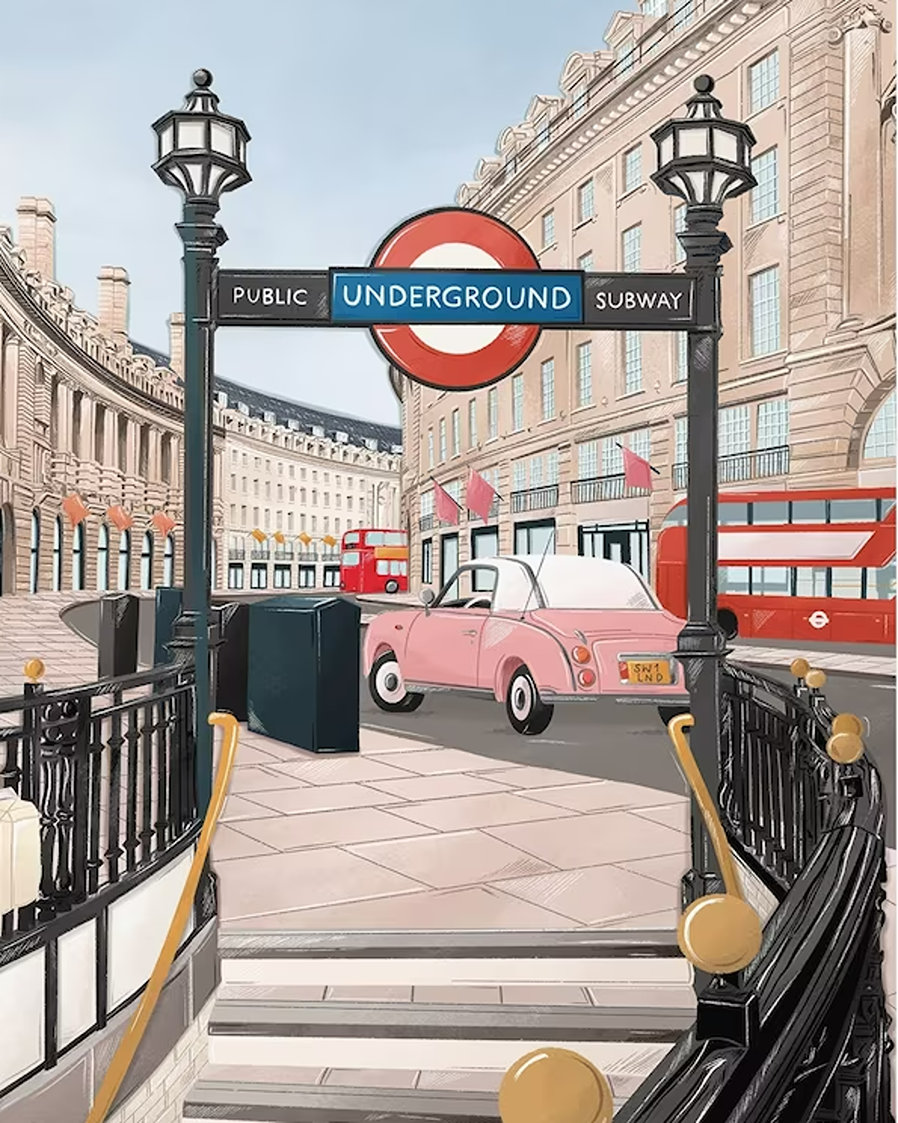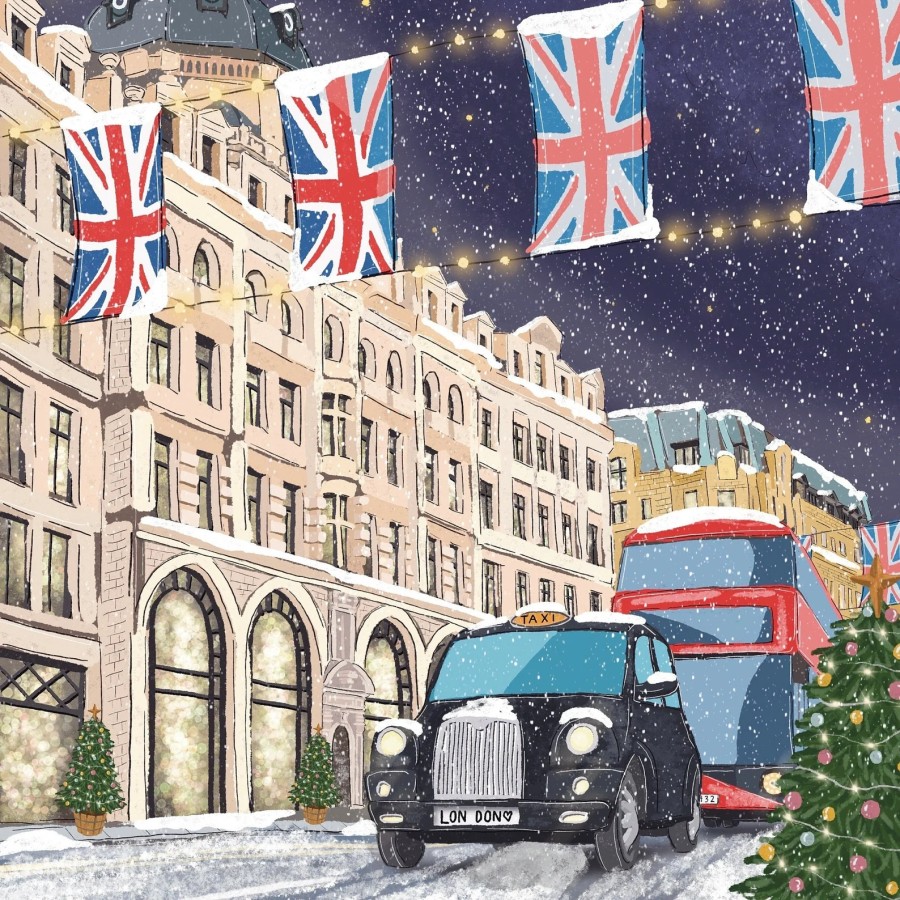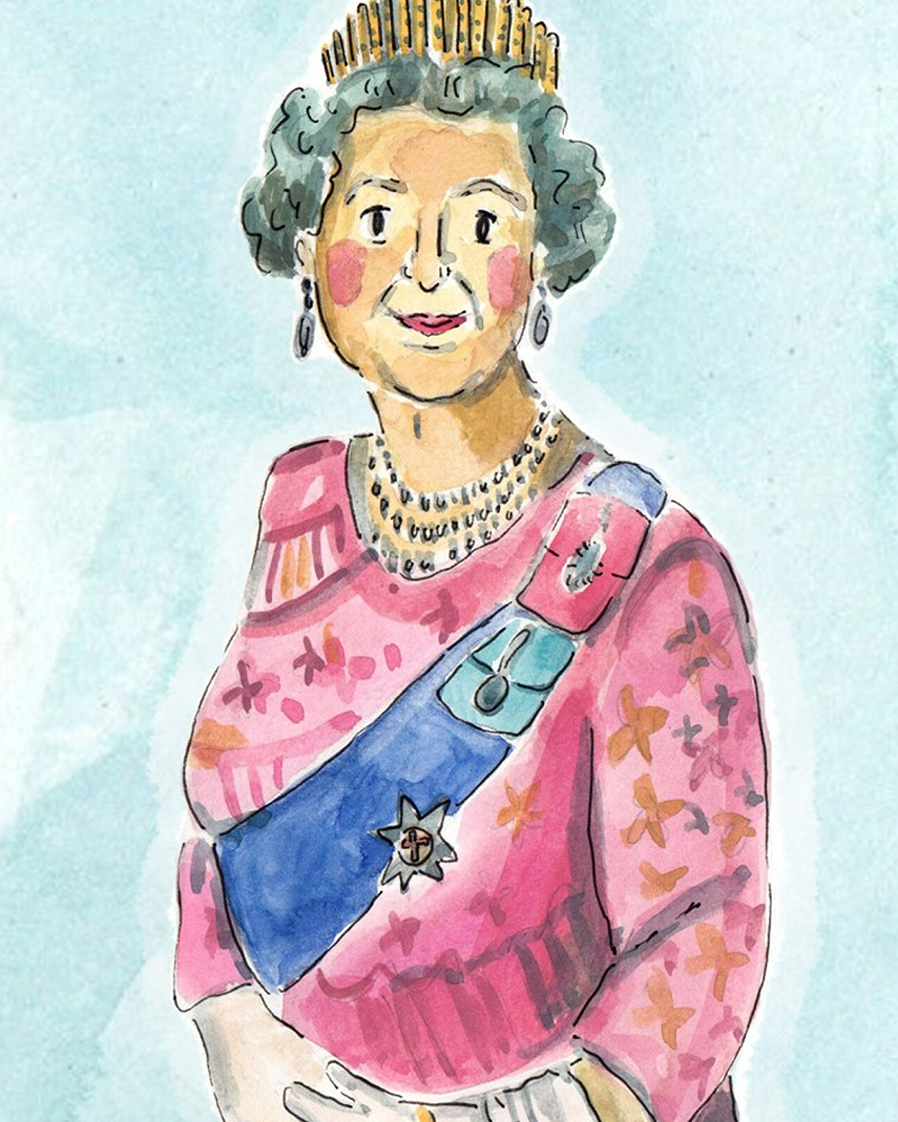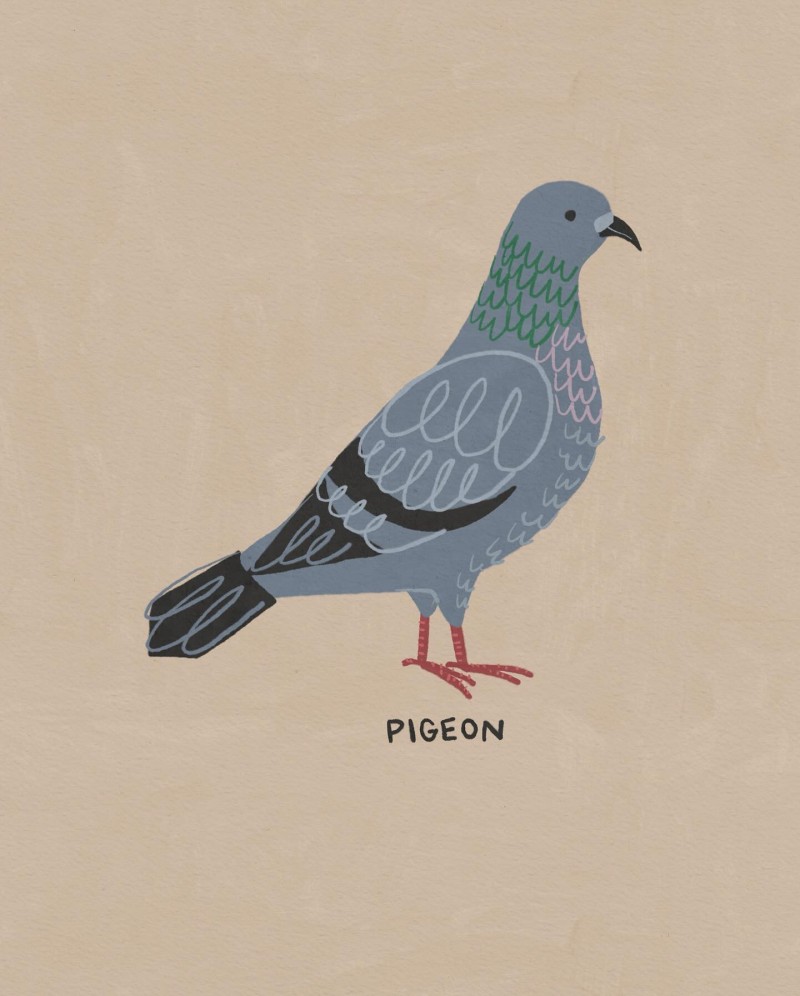Public Transport Choices to Get Around London

If you live in London, read our post on greener driving, which covers the Congestion Charge and Cleaner Vehicle Discount, if you plan to get around the city on four wheels.
Enterprise Car Club and Zipcar offer car-sharing (renting vehicles by the hour, and they pay for everything else: the vehicles, insurance, road tax, MOT, cleaning and some petrol/breakdown cover).
London Underground opened in 1863, with 16 of the 270 stations not in London (some are in Hertfordshire, Watford and Buckinghamshire – one runs to Aldgate East – a bit of a culture shock, if you live in leafy Bucks!)
Despite the name, around half the trains run above ground. The Oyster Card can also be used on buses, trams and some river buses, and many people are eligible for free or discounted bus travel (older and disabled people, veterans, children, young people and those looking for work).
Blue Cross has information on taking pets (it’s noisy and stressful so likely most won’t like it). Dogs are not allowed on escalators, for safety reasons).
- Bakerloo line was created, after businessmen complained they could not reach Lord’s Cricket Ground quickly enough.
- Liverpool Street is built on an ancient burial site, an archaeological dig recovered 3000 bodies.
- The ‘tube’s most pointless journey’ is the 260 metres from Leicester Square to Covent Garden. You may as well walk.
- Just three babies have ever been born on the tube. One of them was former US talk show host Jerry Springer.
- Tube driver Christopher Hughes (who worked on Piccadilly Line) won Mastermind a few decades ago. He’s since won other game shows (Anne Robinson said he was the best contestant ever on The Weakest Link).
All of London’s 8500 double-decker buses (which have only been red since the early 1900s) are powered by green energy, automated ticket machines having replaced the Routemaster buses from the 50s (when conductors took fares from the open rear platform).
Night buses (around since 1913 with a brief pause during World War II) operate from 11pm to 6pm. Campaigners want electric buses limited between 1am to 5am, as residents complain of road vibrations and cracks in house walls.
London’s black cabs (can be any colour) have tall roofs, so city gents in bowler hats would not have them knocked off their heads! To hail a cab, stick your arm out (yelling ‘taxi’ is illegal!)
To be a London cabbie, drivers must know over 25,000 roads, 20,000 landmarks and 320 routes, within 6 miles of Charing Cross!
The 1963 film Carry on Cabbie is one of the better ones, though Kenneth Williams did not appear, as he thought the script was not good. Most of the film extras were real cab drivers, filmed around Windsor and Eton. Charles Hawtrey (Pint Pot) could not ride a motorcycle, and had to take a crash 3-week course before filming!
Accessible Transport in London: The Choices
Although London has many lifts and ramps (and Travel Support Cards), accessible transport options go further:
- Freedom Pass gives discounted travel to disabled/older residents.
- Dial-a-Ride is a free minibus scheme for Londoners with severe mobility difficulties, or medical conditions stopping them from travelling alone. Book at least a day in advance.
- Community transport is run by local charities and councils. Ideal for trips out or medical appointments.
- NHS Patient Transport Services offers free non-emergency patient transport, to cover travel to/from hospital appointments. Check with your GP or hospital if you qualify.
- Taxicard lets people with serious mobility issues and on disability benefits to travel by cab, at a fraction of the price. This door-to-door service is perfect for family visits or hospital appointments. Use the card to book rides by phone or app.
Taxicard advises all passengers (and carers) to wear a face covering when using the service, as other passengers may have low immunity.







